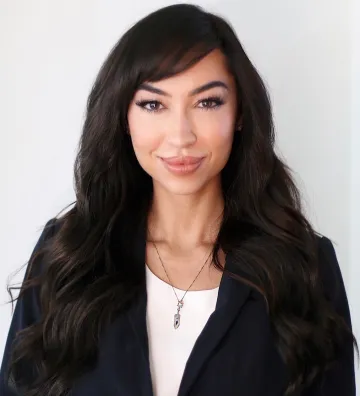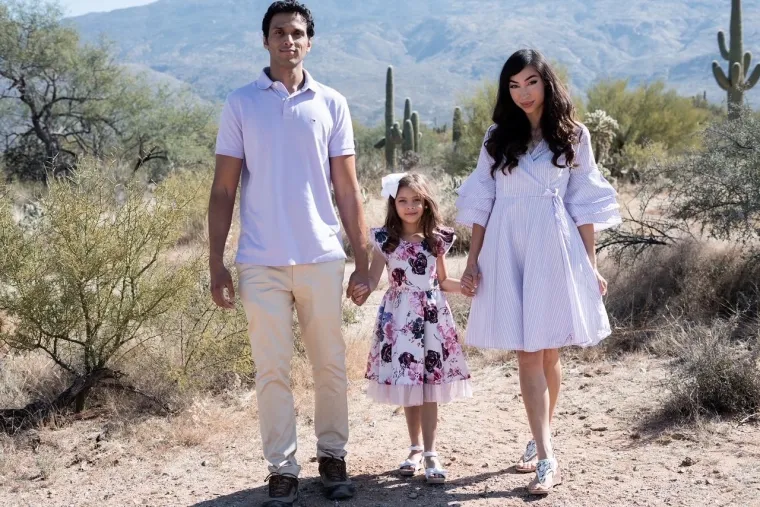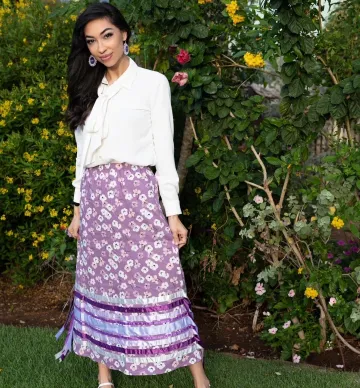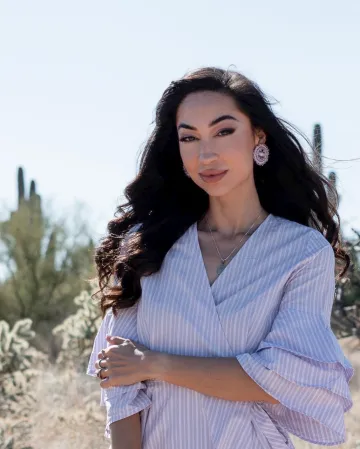Native American Heritage Month Spotlight: MS4 Lyndsay Kandi

Meet Lyndsay Kandi, a fourth year medical student at the University of Arizona - Tucson and a registered tribal band member of Upper Cayuga Nation (First Nations indigenous, Iroquois).
Recognizing the disparity of indigenous representation in higher education, Lyndsay has served as a mentor to other Native and first generation students throughout undergrad and medical school. She currently holds national roles with the Association of Women Surgeons and the American Medical Association’s Committee of American Indian Affairs. Her most prized role, however, is being a mother to her five-year-old daughter, Arya.
In her spare time, Lyndsay enjoys charcoal illustration and hiking with her family. Her art has won recognition and awards through the College of Medicine - Tucson, the Association of Native American Medical Students, and the Plastic Surgery Research Council. Lyndsay applied to plastic surgery this cycle and hopes to one day provide accessible reconstructive care to indigenous communities.

What is your Native American heritage, and how does that influence your own practice?
I am a registered tribal band member of the Upper Cayuga Nation, one of the six nations of the Haudenosaunee/Iroquois from Ontario, Canada. However, I did not grow up on the reservation, but instead in a very rural community right on Lake Ontario in western New York. I am also a first-generation medical student.
Because I am First Nations/Canadian indigenous, I am not eligible for most U.S.-based scholarships, as my tribe is not Federally-recognized’ (even though we occupied New York originally). As such, I have had to fund most of my education through loans or find grants and scholarships that allow non-U.S. based tribes to apply. I have had to be resourceful not only in the financial aspect, but in receiving guidance on my pathway to medicine given the lack of doctors in my family.
Because of the barriers I have faced, I am very passionate about mentorship to other Native, minority, and first-generation students and hope to make navigating higher education a bit easier for those to come after me. I also hope to one day work at an Indian Health Service facility and/or do local outreach to tribal communities as a plastic surgeon, possibly in the subspecialty of hand surgery, but that’s to be determined.
Why is Native American representation in medicine important, especially in a field like surgery? How do you believe it helps serve our community better?
From an evidence-based perspective, research suggests that increasing diversity among health professionals may lead to culturally competent care as well as improved healthcare access and outcomes for minority patients. Other studies conclude that diverse teams consistently outperform homogeneous groups in problem solving, innovation, and the successful completion of other complex tasks.
While this isn’t specific to Natives in surgery, the literature speaks to the importance of increasing minority representation across all fields of medicine to combat health disparities in their communities. Furthermore, leading by example and showing that it is possible to pursue your dreams may encourage Native youth to consider careers they otherwise may not. But the next step is providing resources to support these efforts, starting at the high school and undergrad level (or even younger).
How have you stayed connected to your culture while in medical school?

One of my mentors since the beginning of medical school is Dr. Carlos Gonzalez, a Pascua-Yaqui family medicine physician whom I was paired with for our longitudinal clinical curriculum beginning in my 1st year of medical school. His brother-in-law is a traditional Medicine Man, and although we are from different tribes with our own belief systems, taking part in healing ceremonies, sweat lodges, and smudging has allowed me to stay connected on the spiritual level.
I have also sought opportunities to work with indigenous communities, completing a general surgery sub-internship at Phoenix Indian Medical Center in June of 2022, which allowed me to work exclusively with urban Natives in Phoenix, Arizona. While in clinical rotations, I wear a beaded badge reel that shows my tribal flag and clan; the bead work is typically recognized by Native patients and allows me to share a bit about my culture. These experiences have kept me grounded.
Are you involved in any other advocacy work specifically related to Native American culture?

As a future plastic surgeon hoping to work with tribes at some point in my career, an understanding of policy, the American Medical Association (AMA), and Native healthcare (which is COMPLICATED) is essential. The AMA Medical Student Section (MSS) Committee of American Indian Affairs (CAIA) was started recently by some incredible, knowledgeable medical students to advocate for policies aimed at improving health equity of Indian Country.
While I was competitively appointed a position on CAIA, I am still learning from these passionate students who are already making waves in the policy area. By the time the AMA Interim meeting came around, CAIA had drafted 8 resolutions concerning topics like Medicaid managed care, traditional healing services, graduate medical education, and diabetes prevention programs - all of which were favorably received. I hope to continue learning about policy and am even considering obtaining an MPH at some point in my career.
A huge thank you to my medical school, mentors, friends, and family for their support in helping me to pursue my dreams; and hoping Match Day makes these dreams a reality!

